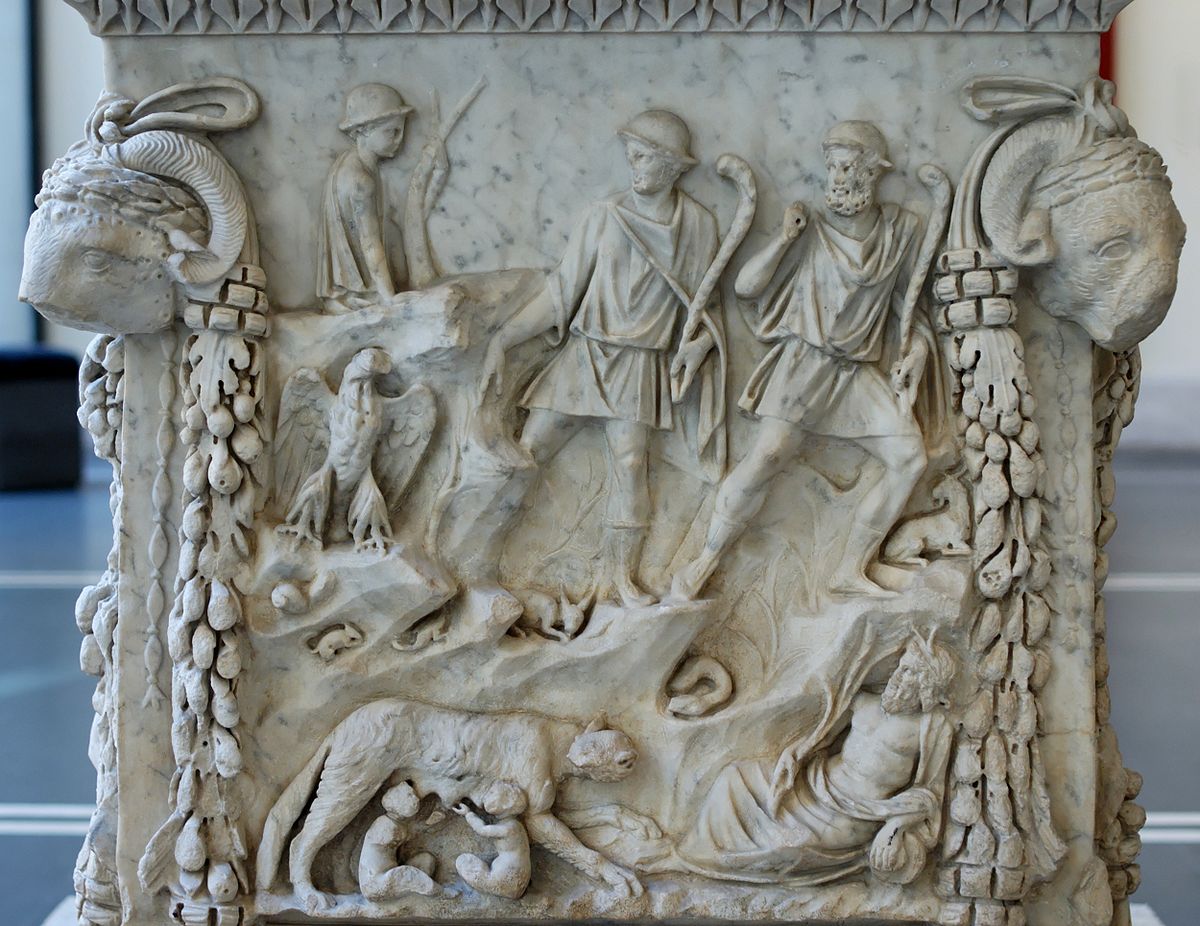Tonguez
A suffusion of yellow
It sounds like RIFTSTo be honest, that would imo only result in a disjointed mess and be more of a B-Movie parody than in something mythic and awe inspiring.
It sounds like RIFTSTo be honest, that would imo only result in a disjointed mess and be more of a B-Movie parody than in something mythic and awe inspiring.
That would be a matter of execution, wouldn't it? It's not that far off what American Gods did, or even Sandman (to use a couple of Neil Gaiman examples). I didn't say it would be easy of course, you need to find some kind of central organizing idea to hang it all on. My initial thought there was do go with human belief as the engine that powers things. Anyway, I can see how it would would work, which is the important thing.To be honest, that would imo only result in a disjointed mess and be more of a B-Movie parody than in something mythic and awe inspiring.
I'm not super into the dreamscape aspect myself, but the idea of a "mythic" world that is a combination of different ages in one place has been done. REH called it the Hyborian Age. Gary Gygax called it the World of Greyhawk.To be honest, that would imo only result in a disjointed mess and be more of a B-Movie parody than in something mythic and awe inspiring.I think if I were going for Mythic Europe, I'd definitely head in the direction of some kind of dreamscape that would allow me to combine different ages and myths in one place. I love the idea of, for example, Druids, Robin Hood, King Arthur, and Victorian ideas of the Fae and whatever else existing in a mythic England. I think of that as essentially humanity's collected dreams of a place, all mashed up side by side. I haven't done a dreamscape type setting, but I'd like to, and this is close to the top of my list as an approach.
I'd start by deciding how the mythic world became a blender of different times. Then, as well, changing the names of the leaders to enable freedom from the historic elements when desired.If you were to create a setting based on the real world's mythology, what would you include?
I'm thinking that each country (or area) might have iconic era, and the 'mythic world' has each of those areas at their most iconic historical time.
For example in Europe --
Britain might be in the Dark Ages, with Arthurian Knights, fey, druids, etc.
Greece might be in the age of Heroes, with Achilles, Herakles, atc. (these are very broad, generic periods)
Dracula is in Transylvania.
Thor is smashing giants in Scandinavia.
Julius Caesar is crushing Gaul.
If you had to draw a world map and pick each area's mythic iconic ages, what would they be?
American Gods is really worth a watch. Very clever premise well executed.I’ve not read either of those. I mean, I’m not 100% sure what I’m after either. There’s no wrong answers, just some answers that strike a chord with me!
A large number of things about him are mythologized, especially given the number of plays and novels about him.Caesar is not mythical, he is historical. Roman's mostly adopted Greek gods but changed their names. Not sure what they believed in prior to the meeting the Greeks. (I need to research further).
edit: Romulus and Remus are mythical beings
Roman Mythology

Roman mythology - Wikipedia
en.wikipedia.org
7th Sea has a huge initial divergence besides the geology change and adding magic... The Gnostics won the first Ecumenical Council. This utterly changes the nature of worshjp at the reign of Constantine I.Have you ever seen the game TORG? Arthurian Britain, Cyberpunk France, "Lost World" America, "Pulp Fiction" Middle East.... It's an interesting mash-up. Torg - Wikipedia
Or 7th Sea? All the interesting bit of Renaissance Europe plus a little bit of viking. 7th Sea (role-playing game) - Wikipedia
